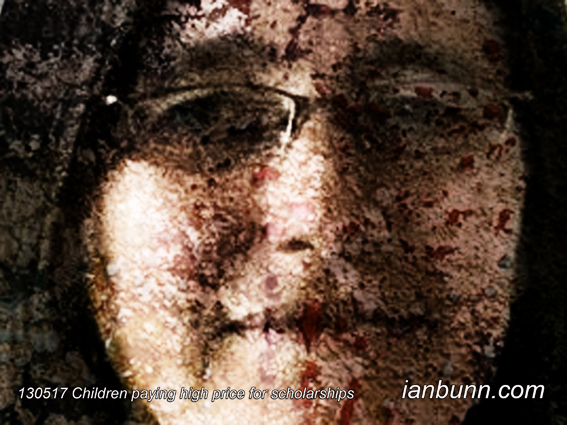 Children paying high price for scholarships (May 17 2013)
Children paying high price for scholarships (May 17 2013)
Pauline Rose the British Director of EFA Global Monitoring Report with her expertise themes of governance, marginalization and conflict, has published an article on Aljazeera titled ‘The world’s poorest children are paying a high price for scholarships’. Rose states “For many donor countries, a large proportion of “aid” never leaves their country. Spending this money on education in the world’s poorest countries could go a long way to giving the 132 million out-of-school children and adolescents the chance for a better future. Our recent policy paper, Education for All is affordable – by 2015 and beyond, shows that the financing gap for achieving basic education has grown by $10 billion in three years and now totals $26 billion per year. This increased finance gap is primarily due to donors failing to increase aid significantly to help developing countries send children to school. This finance gap can be bridged, however, if both developing countries and donors prioritised basic education. Currently, however, donors spend $3.1 billion per year on university students from poor countries to study in donor countries, equivalent to one quarter of total direct aid to education. This money is spent on scholarships and imputed costs (costs incurred by donor-country institutions when they receive students from developing countries). While higher education is undoubtedly important, allocating aid in this way does little to help the world’s poorest and most vulnerable children and young people and does little to fill the finance gap. …Donor countries should prioritise basic education by targeting 20 percent of overall aid to education. If they also allocated half of these funds to basic education, we could raise a total of $14 billion. This would go a long way in reducing the current financing gap for basic education. It will be even more vital to ensure aid reaches those who need it most as we approach the prospect of even more ambitious education goals after 2015.”
Inspired by Pauline Rose, Aljazeera ow.ly/kuD1T Image source Twitter ow.ly/kuCVg
Comments